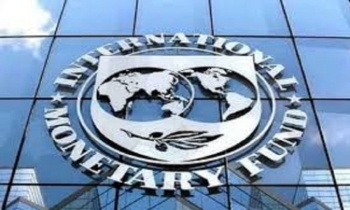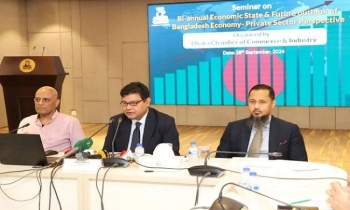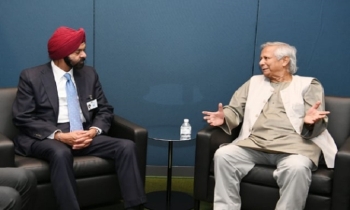Bangladesh to join trade alliances with China, India this fiscal year
Asif Showkat Kallol || BusinessInsider

Graphics: Business Insider Bangladesh
Bangladesh endeavours to make both China and India happy by joining their respective free trade alliances, at the end of the current fiscal year, an official of the commerce ministry said.
Joining the alliances, Regional Comprehensive Economic Partnership (RCEP) by China and Comprehensive Economic Partnership Agreement (CEPA) by India, will be crucial for Bangladesh’s economic development and maintaining geopolitical equilibrium, officials said.
In the current reality, the government wants to increase bilateral trade with both India and China. The main objective of these two agreements is to create a favourable environment for expanding trade, investment and industrialisation.
Bangladesh is interested in increasing exports to China to lessen the trade deficit between the two countries.
“Dhaka has been very careful not to make the two agreements a political issue. Stakeholders worked hard to verify the feasibility of the deals to create a win-win situation after they are inked,” the official pointed out.
It is known that the Bangladesh Trade and Tariff Commission is verifying the civility of the RCEP deal with China and, at the same time, Bangladesh Foreign Trade Institute has prepared a preliminary survey report on the CEPA agreement with India, the officials said.
Meanwhile, several meetings have been held between the officials concerned of India and China separately to take ahead the signing of the deals.
Bangladesh’s initial surveys reveal positive attitudes towards the agreements. Recently several workshops on RCEP and CEPA were organised by the Ministry of Commerce. The Trade and Customs Commission has highlighted some observations regarding the RCEP with China.
Apart from this, several workshops have been held on the issue of cooperation with India. In this context, Commerce ministry’s Deputy Secretary Sadek Ahmed said that there is a lot of progress in signing a service agreement with India.
It is known that Bangladesh’s largest trading partner is China followed by India. A total of $ 9-billion-dollar worth of goods are imported from India. On the contrary, exports comprise only about $ one billion dollars. Bangladesh is importing merchandise worth $10 billion from China per year.
But compared to the import trade, Bangladesh’s shipment to China is trivial. As a result, Bangladesh’s trade deficits with the two largest economies is increasing every year. According to the stakeholders, if the RCEP and CEPA agreements are signed, there are possibilities of increasing Bangladesh’s duty-free trade facilities remarkably.
Bangladesh is expected to leave the list of least developed or LDC countries in 2026. After that, many countries in the world will not offer Dhaka their tariff and quota free trade access.
Under such circumstances, efforts are crucial to increase trade facilitation through RCEP and CEPA agreements. According to observers, trade between Dhaka and New Delhi will increase several times if the CEPA is signed. The agreement will increase bilateral trade by $6 to$8 billion in the first year.
























